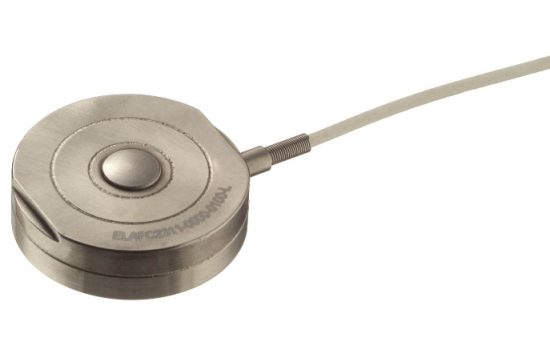At the core of force sensors are load cells, transducers that convert force into measurable electrical outputs. There are hydraulic, pneumatic, piezoelectric, and capacitive load cells. However, strain-gage-based load cells are most common. These have fine wires (to 0.02 mm in diameter) made of steel, aluminum, or beryllium-copper alloy.
The wire adheres to a thin paper or plastic base in one continuous zigzag that magnifies the effect of material changes in the wire in response to external loads. Leads at the beginning and end of the zigzagging wave connect to circuits. The most-common force sensors based on strain gages are load pins, shear beams, and tension links.
Specifications:
Force sensors weigh freight on manufacturing and transportation equipment. They also monitor loads on machines subject to stringent safety standards — such as mine lifts, construction cranes, industrial tanks, grain silos, and locomotives — to ensure equipment isn’t overloaded.
Features:
- Thinness
- Better linearity
- Measurement of higher loads
- Stable output with respect to load area









